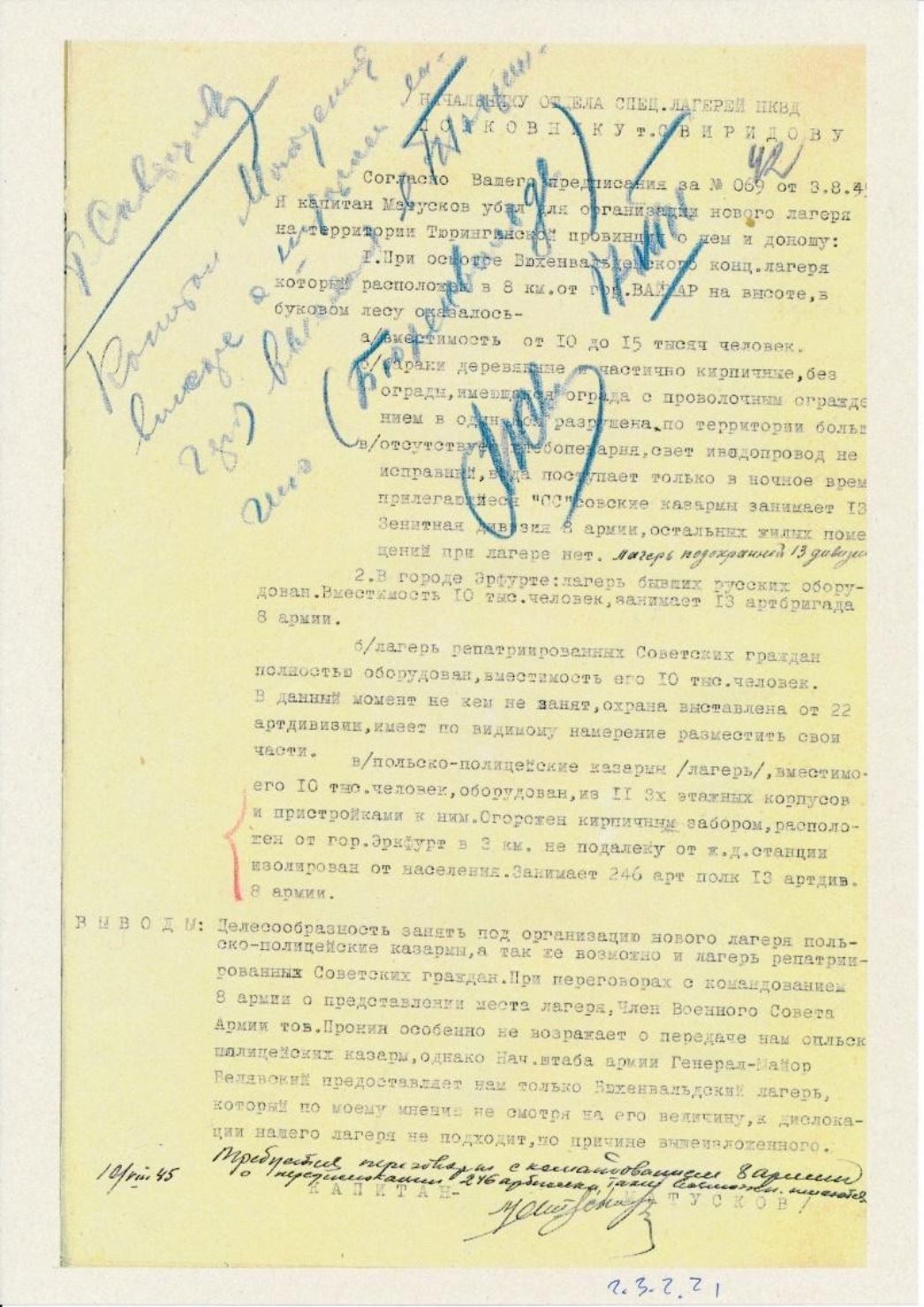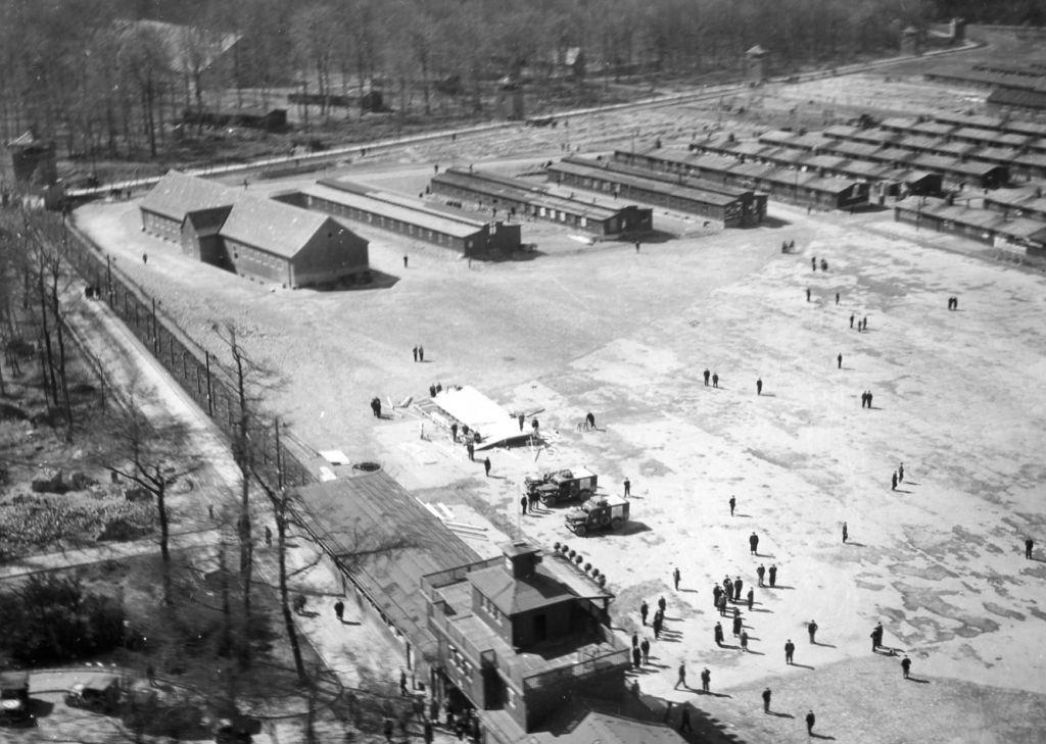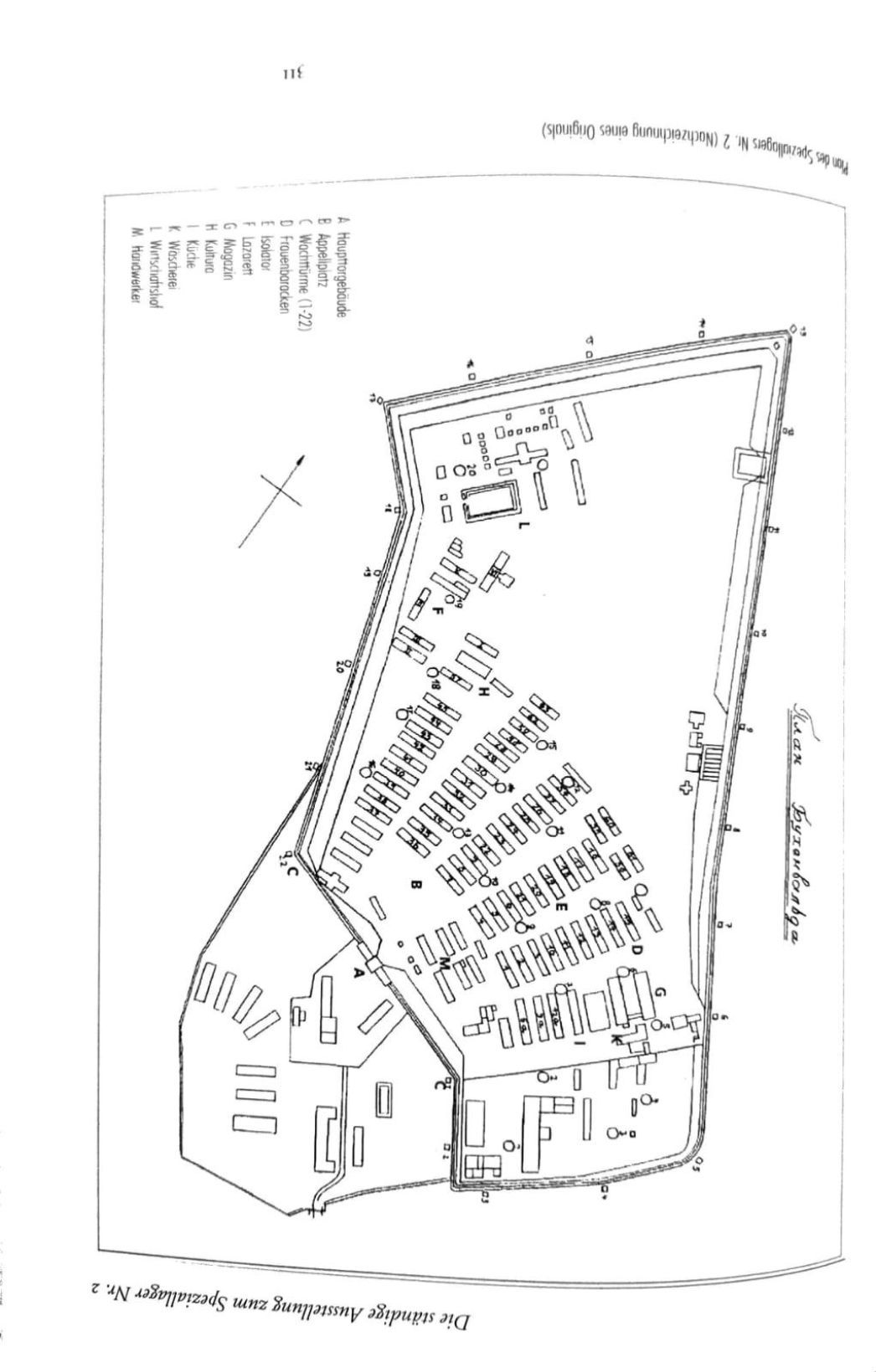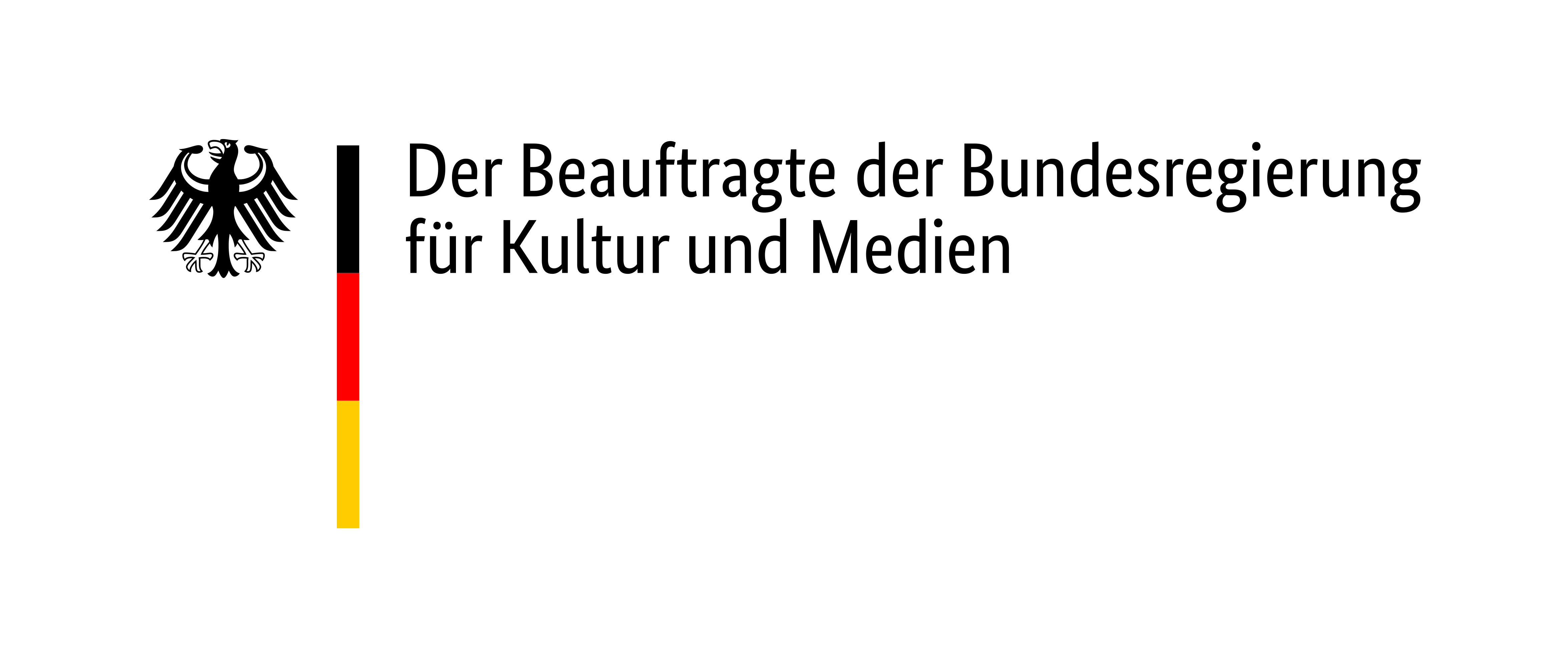In August 1945, the Soviet authorities set up Soviet Special Camp No. 2 on the site of the former Buchenwald concentration camp. They used the wooden and stone barracks to house the internees. The former SS barracks served as accommodation and administrative buildings for the Soviet guards. A few new buildings were constructed, including a bakery in the camp and a “clubhouse” for the guards.
Some parts of the former concentration camp were not used. These included the so-called Little Camp, the industrial areas and the crematorium.
The old electric barbed wire fence was repaired. Two additional fences, as well as a 2.5 meter high wooden fence, were added in 1946. The camp administration also divided the camp into four zones.

The Soviet secret police initially rejected Buchenwald as the location of the Special Camp, as the camp was damaged and there were no utility buildings. However, the Soviet army leadership denied their request to use a barracks in Erfurt instead. In the end, the former Buchenwald concentration camp was chosen as the location.
Translation of the document:
“But the Chief of Staff of the Army, Major General Belyavsky, only made the Buchenwald camp available to us — which in my opinion, despite its size, is not suitable for accommodating our camp due to the above considerations.”

Three months later, the barracks in the background served as accommodations for the inmates of the Special Camp. The electrically charged barbed wire fence and the watchtowers are also clearly visible.

'The worst work assignment for me was when a Kultura for the Soviet soldiers was being built in front of the gate. We women had to rub down the corridor, which was paved with red and beige bricks, using the same bricks. It was already cold, they hadn’t installed doors and windows yet. Our clothes got soaked because the bricks were all wet. It was real prison labor."
Report by Erika Pelke on the use of prisoners in the construction of the “Kultura” building in front of the camp gate, 1990.
The “Kultura” was a clubhouse where cultural events were held for the Soviet guards.
(Buchenwald Memorial)

This plan shows the division of the camp into specific areas. The orientation of the barracks towards the roll call area is also clearly recognizable.

